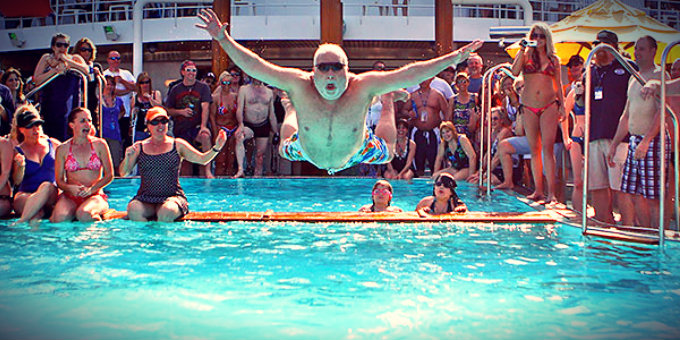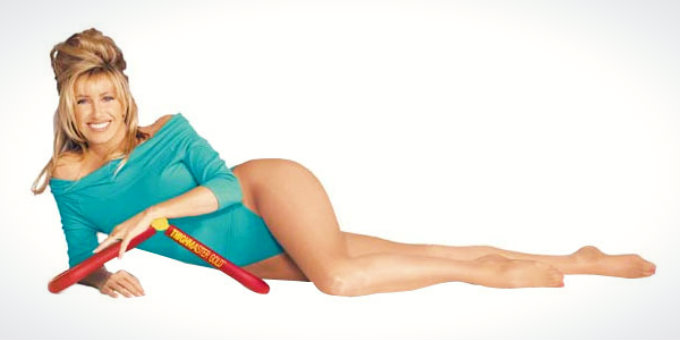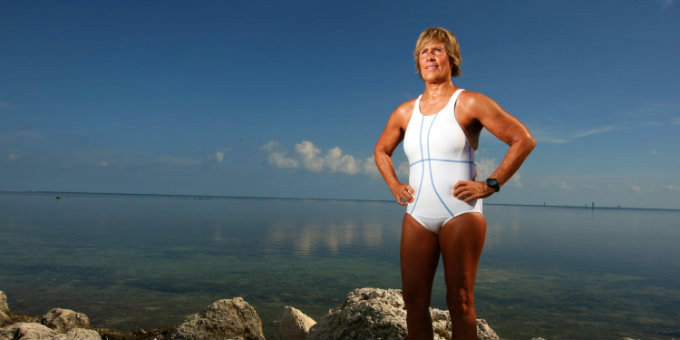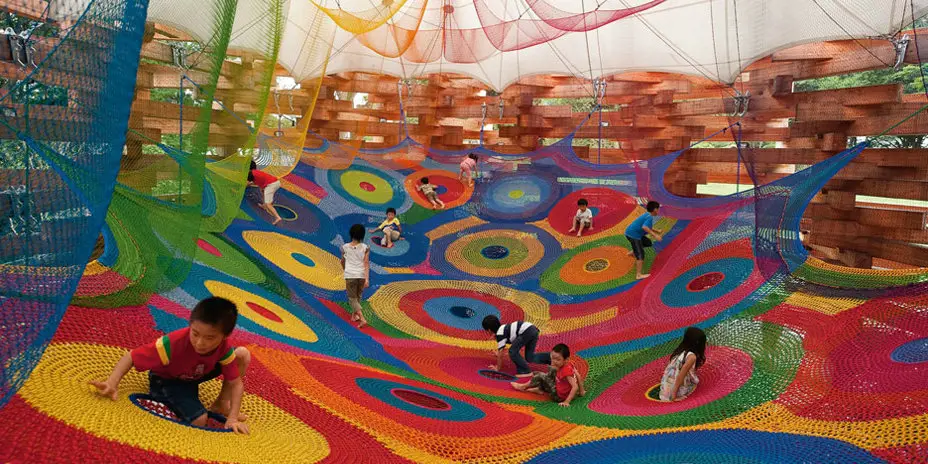Today, a large number of people have at least some awareness of parkour, the physical discipline of moving through an environment with efficiency and creativity. It should come as no surprise that practitioners of parkour must rigorously condition their bodies to meet the demands of their activity. One way they do this is through a type of full-body conditioning exercise called quadrupedal movement, or QM.
QM is a unique workout for your entire body when you use the proper form. There are several different kinds of QM techniques, and this guide will introduce you to a few of them.
1. Cat Crawl/Forward QM
The cat crawl is an easy, basic QM form that’s great for beginners. The starting position is to place your hands on the ground and bend your legs so that your knees are a little bit off the ground. Your back and shins should be parallel to the ground, and your arms should remain as straight as possible. Move one hand forward along with your opposite leg, and repeat. Go slowly if you have to! When it comes to QM, form is always more important than speed. Like most QM, the cat crawls can be done backward for added challenge.
2. Side Plank QM
The side plank is another basic QM form that is simple to do. To begin, face perpendicular to the direction you’re moving and get into a push-up position, chest up, palms flat on the ground. Your fingers can be spread or together. To take a step, you move one leg out as you move the opposite hand next to your other hand. Then bring your feet together as you separate your hands again. Remember, whenever your hands are apart, your feet are together, and vice versa. Coming back, face the same way so that you work out the other side of your body, too.
3. Gators
The last QM in this guide is a bit tougher. Alligator, or gator, is a challenging QM form that really pushes your body. To start, get low to the ground and extend your right arm and right leg (or, if it feels more comfortable, your left limbs). Your opposite arm and leg will be contracted in such a way that your knee and elbow are almost touching. Now, move your left arm and right leg forward, so that you’re in the opposite of your starting position. Then, do a push-up in that position. Repeat when you come up. The first step might be awkward, but you can get into a rhythm by keeping in mind that you move your opposite arm and opposite leg.
QM is a great way to condition your whole body, and these are just a few of the forms. More QMs can easily be found online. Happy crawling!










